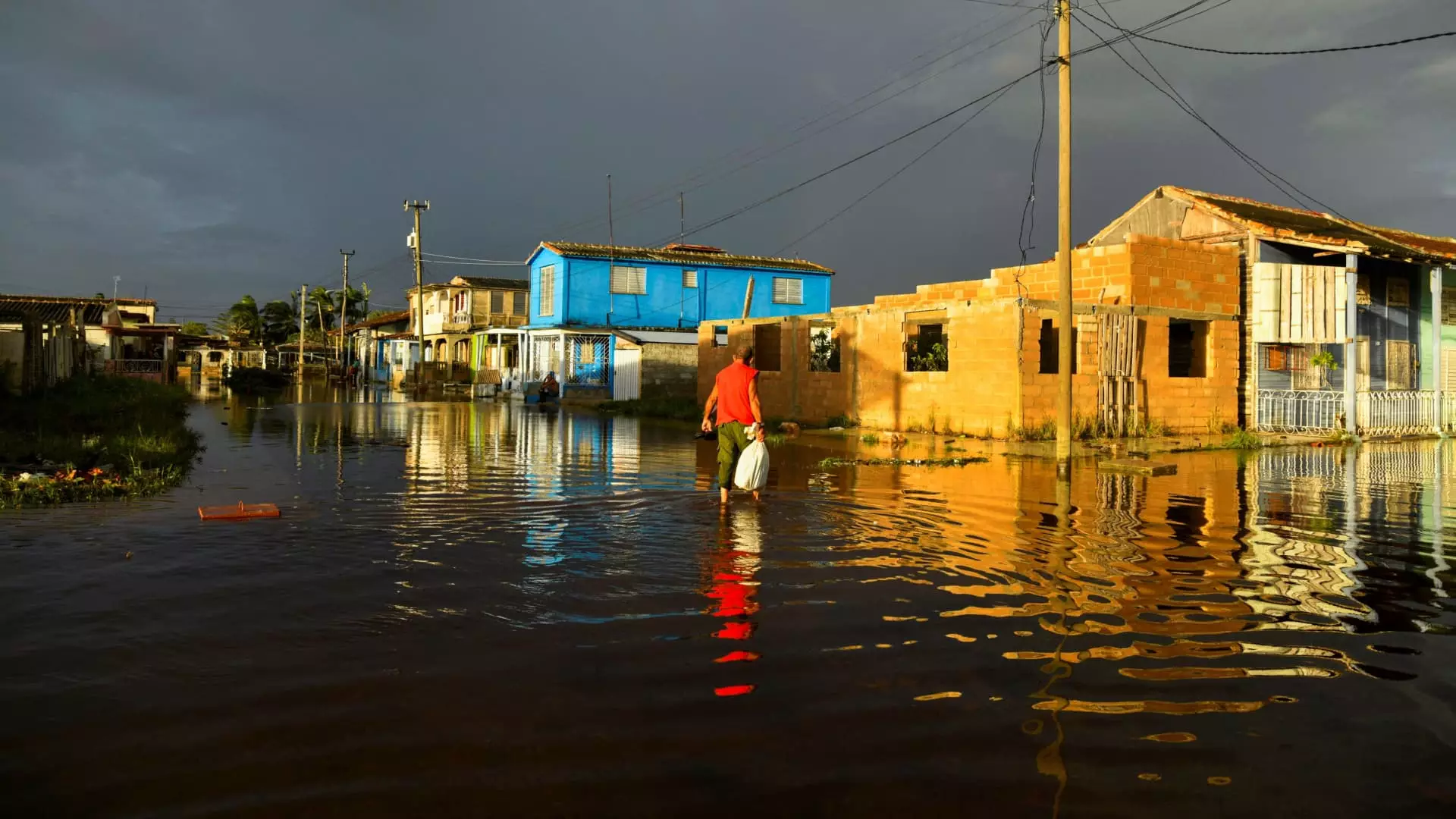In a remarkable meteorological event, Hurricane Rafael has emerged as the first significant hurricane to form in the Gulf of Mexico during November in nearly four decades. This Category 3 hurricane, boasting sustained winds of 120 mph, has created a looming threat of life-threatening conditions along the Southern U.S. coastline. As Hurricane Rafael journeys westward at a speed of 9 mph, forecasts warn of potential hazards including perilous surf and rip-tides, which could affect residents and travelers in the Gulf region for days to come.
Before threatening the U.S. mainland, Hurricane Rafael unleashed devastation upon Cuba, rendering millions without power and disrupting daily life. The storm’s winds, which reached 115 mph, were strong enough to topple six electricity towers, leading to a catastrophic failure of the nation’s entire power grid and plunging approximately 10 million people into darkness. This catastrophe marks the second national blackout within a month, highlighting the vulnerability of Cuba’s infrastructure. Authorities reported that over 283,000 individuals were evacuated from their homes, with nearly 100,000 residents fleeing from the capital of Havana. Mario de la Rosa Negrin, a local resident, illustrated the desperation of those affected, mentioning how local hotels with backup generators opened their doors to help neighbors charge essential devices like mobile phones and lamps.
Hurricane Rafael is not merely another storm in the annual hurricane season; it positions itself in historical context as it becomes tied with Hurricane Kate from 1985 as one of the strongest storms ever recorded in the Gulf of Mexico during November. Its occurrence amidst the tumultuous backdrop of climate change further emphasizes the increasing unpredictability of weather patterns. As one of the few hurricanes of this caliber for November, Rafael serves as a pertinent reminder of the potential for severe weather events, even when hurricane season is expected to have subsided.
Despite expectations that Rafael may weaken as it progresses into the weekend, the potential for tropical storm-force winds, which can reach between 39 to 73 mph, remains a serious concern. The National Hurricane Center maintains vigilance as the storm moves closer to the Texas coastline. With the Gulf region still reeling from past storms, local authorities are on high alert, prepared to address the impending challenges that Rafael may bring.
As Hurricane Rafael continues its course, the lessons gleaned from its path and the ongoing turmoil in Cuba will undoubtedly shape disaster response strategies in the future. The resilience of communities impacted by these harsh weather phenomenons will be tested once again, demanding both regional and national support to endure the repercussions of this unconventional storm season. The severity of Rafael serves as a poignant reminder of nature’s capriciousness, stressing the importance of preparedness and resilience in the face of unforeseen climactic challenges.

Leave a Reply